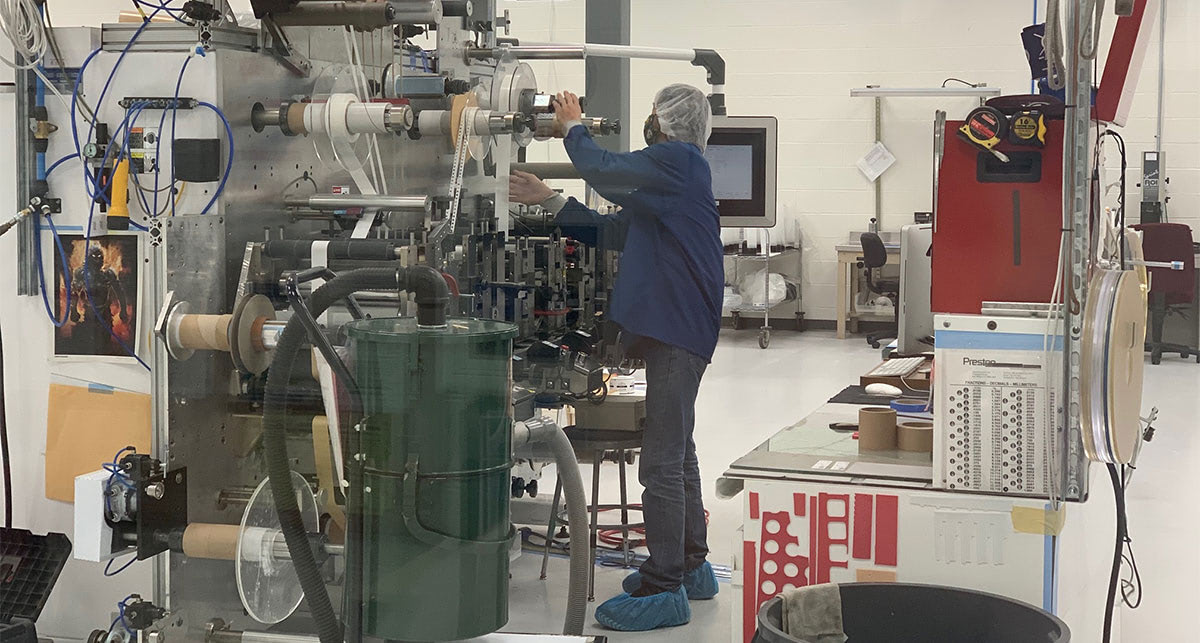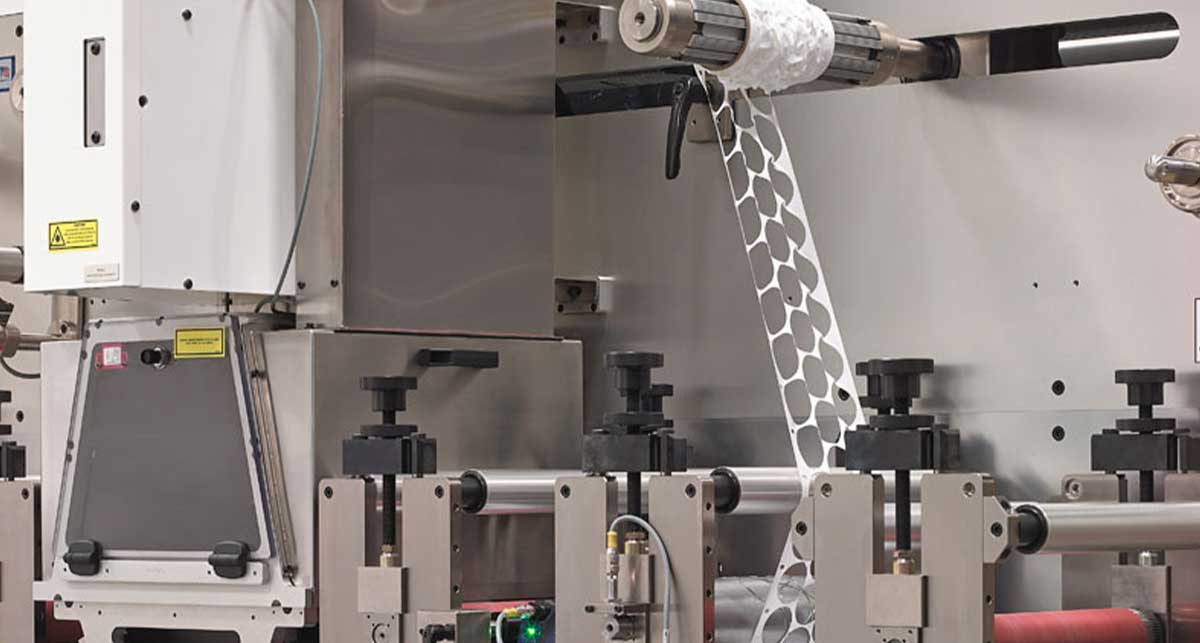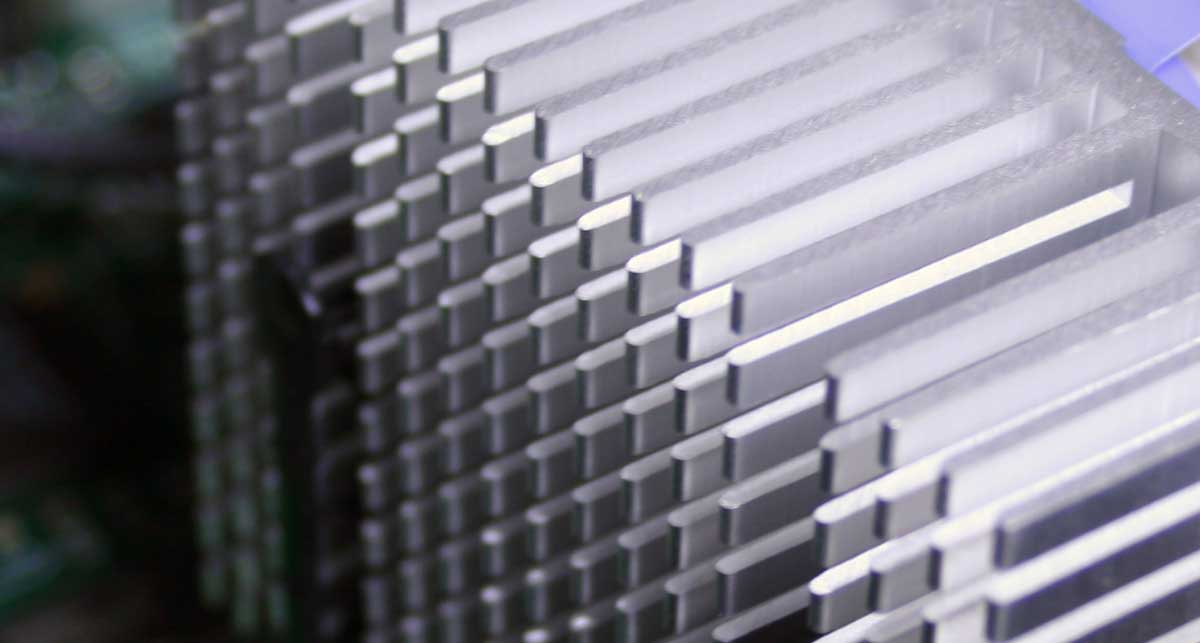You might think that the most durable bonding product would be something along the lines of duct tape or glue; however, foam tape is a worthy contender.
Products like duct tape serve everyday solutions where others fall short, but in terms of strength and versatility, adhesive foam tapes offer unique benefits in bonding, gasketing, sealing, and industrial uses.
Strouse has been converting materials for nearly four decades. Today, we'll discuss how adhesive foam is used and whether it’s a bonding alternative that will serve you.
By the end of this article, you will discover new ways your company can use foam tape to increase its daily productivity.
What Is Foam Tape?
Foam tape is essentially a piece of foam with double-sided adhesive. It can stick to common substrates like aluminum, wood, and glass while enduring conditions such as intense heat or moisture.
Often used in a variety of projects both at home and in industrial settings, foam tape comes in several shapes, sizes, and thicknesses, making it vital to choose the right foam for your job.
How Does Foam Tape Work?
Foam tapes are pressure-sensitive adhesives (PSAs) that allow for quick applications with immediate handling strength. They can be either single-coated or double-coated, but each tape is comprised of a release liner, adhesive, and foam carrier.
DOUBLE SIDED FOAM TAPE
Double-sided foam tapes are used to bond two substrates together. They have adhesive laminated onto either side of the foam carrier with dual release liners. Manufacturers often use double-sided acrylic tapes to replace metal fasteners in heavy-duty bonding solutions.
Types of Foam Tape
There are many different flavors, including but not limited to:
- Urethane
- Polyurethane
- Polyethalene
- Acrylic (including VHB tape)
- Sponge Rubber
Foam tape is versatile and can accommodate a wide range of uses. The most crucial factor for your tape to be effective is to ensure you choose the right one for the job.
 Foam Tape Uses and Examples
Foam Tape Uses and Examples
There are many ways in which you can use foam tape.
1. REPLACING SCREWS AND BOLTS
Oftentimes, people don’t realize that foam tape can replace metal fasteners, such as screws and bolts. Many people prefer it for aesthetic reasons because it’s less visible.
Screws and bolts can cause vibrations under heavy pressure, damaging their structural integrity and surroundings. Drilling holes may harm surfaces, cause leaks, or increase the likelihood of corrosion, so heavy-duty tape is a safer, lightweight alternative.
2. MOUNTING OBJECTS
Foam tape is typically strong enough to carry significant weight, making it helpful in mounting objects to surfaces. Businesses use double-sided foam mounting tape to hang sale signage, mirrors, and other heavy objects.
3. GASKETING AND SEALING
Thanks to its flexible nature and fluid-resistant varieties, foam is a common gasketing and sealing material.
Fluid-resistant foams that can withstand heat are a common material choice within the automotive industry. Healthcare manufacturers use medical foam tape to seal medical devices and other high-risk, sterile equipment.
4. PADDING, CUSHIONING, & DAMPENING
Another common use is foam padding, which manufacturers use for protection, vibration absorption, and sound dampening. This can also help fill areas that usually let in air, dust, or debris.
5. INSULATION
In industries like science and healthcare, environments must remain at a specific ambient temperature. Foam tape can create an airtight, insulating seal on equipment and between rooms.
Foam sealing capabilities are also utilized in the construction industry. Any excess airflow can hurt your heating or cooling bill, so contractors use thick tape to fill gaps to prevent air from escaping and help insulate your home. Additionally, they’ll use foam to decrease the level of moisture.
Benefits of Using Foam Tape
Why use foam tape in your applications?
GREATER COST EFFICIENCY
Double-sided foam tapes are often more effective than fasteners because they can be applied quickly and easily. Applying tape to bond surfaces also takes less time and skill than a mechanical fastener; as a result, teams that choose this option can decrease their labor time.
Foam tapes also come at a lower price tag than most mechanical fasteners, so using them as a replacement could lower your total cost.
FOAM TAPES VS. LIQUID ADHESIVES
Foam tapes can also replace liquid adhesives like glues. In some instances, they may even work better.
CLEAN AND EASY APPLICATION PROCESS
Liquid adhesives can often be messy. Tapes don't require mixing and don't generate the same amount of waste as liquid adhesives. In addition, tape requires little prep time or cleanup. Just cut the tape, peel the backing, and you're ready. It makes for a fast and easy application.
REDUCED WASTE
If you mix a liquid adhesive, you may not use all of it. With tapes, you don't have that problem. The only waste or excess you'll deal with is the paper backing you must remove before using the tape.
IMPROVED LONGEVITY
You don't have to worry about tape products running or sagging like you do with liquid adhesives. Also, tape products have a longer shelf life, so you don't need to worry about tape hardening or becoming unusable as you do with glue and other adhesives.
Using Foam in Adhesive Solutions
Foam tape helps improve the efficiency of machine shops, manufacturing plants, and other businesses. However, many people don’t realize that high-bonding tape is a feasible option for their solutions.
Foam tape is a strong yet flexible bonding material that may suit your needs depending on the application. It can function as an adhesive in many bonding solutions, but whether you choose it will depend entirely on your project.
Reach out to start your project with Strouse today, and we’ll help you plan and execute the most efficient solution for your issues. Let’s discuss how we can help you use foam tape and other adhesives to bring production to the next level.
For more information on what we do, visit our Learning Center.
Originally published: May 11, 2023






